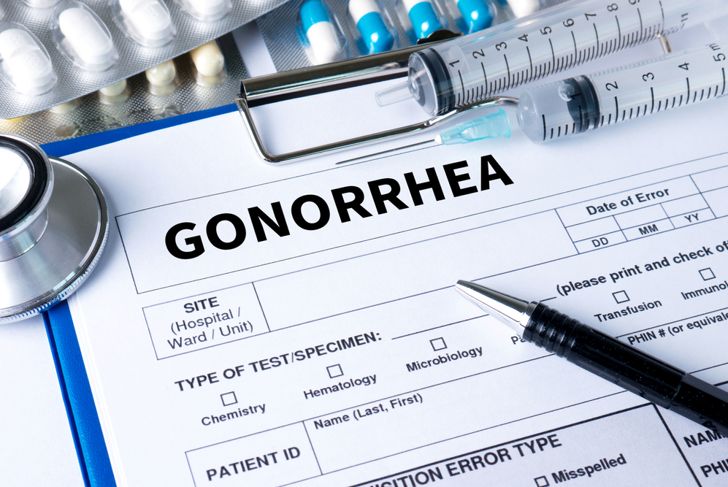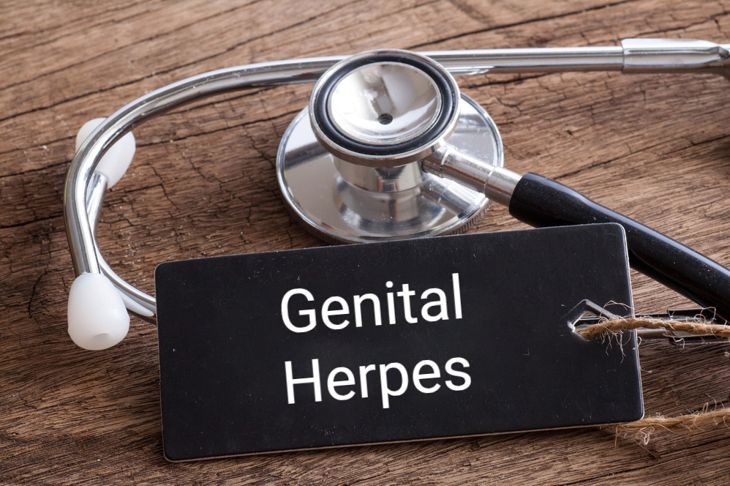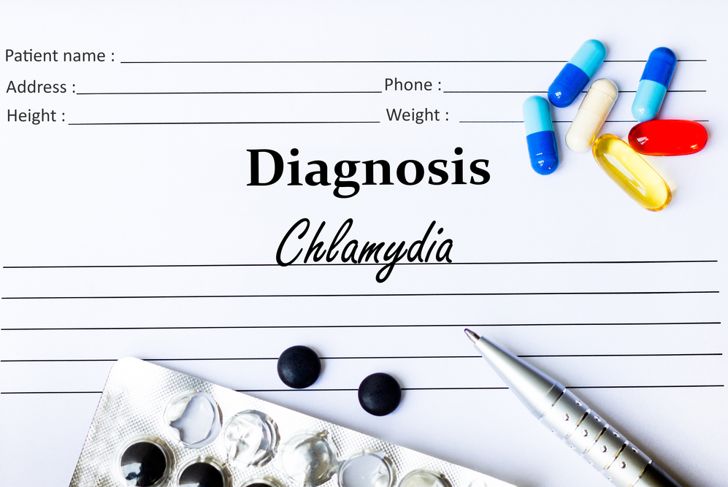In recent years, blue waffle disease has sparked discussion and anxiety across the internet. This apparent sexually transmitted infection (STI) is rumored to result in a blue vagina, along with a host of other uncomfortable symptoms. Ease your fears and find out everything there is to know about blue waffle disease, including whether or not this urban legend has any validity.
Blue Waffle Disease Isn’t Real
The good news: blue waffle disease isn’t a real STI. Back in 2010, this urban legend began with a photograph showing an infected vagina with blue labia. While there’s no definitive information about where this photo came from, the fictional nature of this supposed disease has been confirmed by professionals across the globe.
Many People Have Been Fooled By This Myth
The legend of blue waffle disease spread far and wide in the early 2010s and left many women wondering if they were at risk of developing this gruesome STI. In fact, even a New Jersey councilwoman fell for the rumors when she incorrectly announced to her constituents that 85 women had died of blue waffle disease and an outbreak was occurring in the city.
Supposed Symptoms Include Discharge and Burning
Because blue waffle disease isn’t real, the information that’s available about it varies across the internet. A search of online forums leads to a long list of supposed symptoms that may occur in addition to discoloration, including green or foul-smelling discharge, itching, irritation, and burning. While blue waffle can’t be the cause, other health conditions and STIs can cause these symptoms, so anyone experiencing them should seek medical attention right away.
Vaginas Can Turn Blueish — But It’s Not What You Think
According to details published by the University of Utah, a woman’s vagina can develop a blue or purple hue during pregnancy; this is known as Chadwick’s sign, and it’s the result of increased blood flow in the vagina. This symptom is completely normal during pregnancy and once the baby comes, the vagina usually returns to its normal color right away.
Vaginitis Can Be Mistaken for Blue Waffle Disease
Women who are experiencing symptoms attributed to blue waffle disease, particularly discharge, itching, and burning, may have vaginitis. This common condition is caused by inflammation or bacterial infection of the vagina or vulva. It’s not transmitted sexually and most often occurs during the reproductive years. Treatment for vaginitis usually consists of antibiotics but, quite often, it goes away on its own without intervention.
Gonorrhea Features Similar Symptoms
In women, gonorrhea may be mistaken for blue waffle disease. This STI features symptoms such as increased vaginal discharge and painful urination, which are both commonly associated with blue waffle disease. Additional gonorrhea symptoms in women include pelvic pain and bleeding between periods. If not treated, it can lead to infertility and the infection can spread throughout the body, affecting joints and organs. Gonorrhea is curable with antibiotics.
Herpes Sores Might Be Confused With Blue Waffle Symptoms
Photos and stories associated with blue waffle disease often tell of open sores on the vagina. While blue waffle is fictional, vaginal sores are real can occur for a number of reasons. Often, they indicate genital herpes. Herpes sores appear as blisters on the vulva, rectum, or mouth. They can also occur in males. While herpes isn’t curable, there are medications that can provide some relief and shorten outbreaks for people with this condition.
Chlamydia Symptoms May Mimic Blue Waffle
In women with chlamydia, discharge can increase dramatically. Additionally, women might experience painful urination and a burning sensation in the vagina. While these symptoms are often associated with the mythical blue waffle disease, it’s important that women who experience them take them seriously — especially when they occur together. Chlamydia can occur in women or men and is curable with antibiotics.
Sometimes Increased Discharge is Normal
Discharge is often said to be a symptom of blue waffle disease. However, it’s important to consider that every woman’s body is different and for some, a high level of discharge can be perfectly normal. Vaginal discharge has several purposes. It can provide lubrication for sexual intercourse, keep sexual organs healthy, and prevent irritation in the vagina. During ovulation and arousal, the consistency and amount of discharge typically change, and it’s completely normal for other fluctuations to occur throughout a woman’s cycle.
Misinformation About STIs is Dangerous
STIs are serious. In some cases, they lead to long-term health problems and even death. That’s why it’s vital for women and men to have access to trusted information about their sexual health. Urban legends, such as the myth of blue waffle disease, create unnecessary panic and may lead to improper treatment or incorrect self-diagnosis for conditions that require medical intervention.

 Home
Home Health
Health Diet & Nutrition
Diet & Nutrition Living Well
Living Well More
More




















